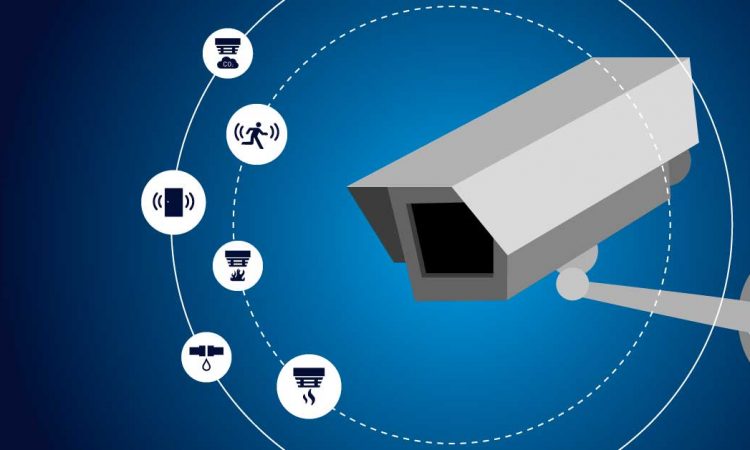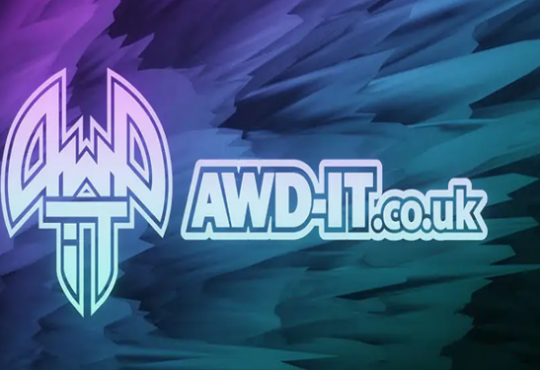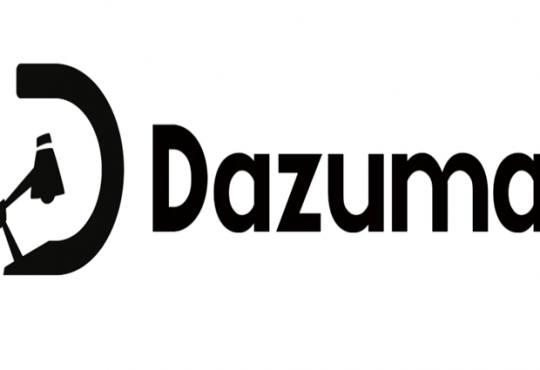
CCTV camera technology trends in 2023 are likely to include AI, Cloud, IoT, and 5G. These technologies are set to impact security and surveillance, as well as the home and business, according to experts.
Most Exciting CCTV Camera Technology Trends of the Future
One of the most exciting CCTV camera technology trends of the future is edge computing. It allows for a more efficient network, without straining the network itself. In addition, it provides the fastest possible alerts:
- Technology is catching on in the business world as companies begin to move more of their operations online.
- This makes it easier to access and maintain.
- Streaming HD video over the cloud breaks down team silos and provides rapid intelligence to security teams.
- Another notable CCTV technology trend of the future is AI-powered video analytics.
- These solutions will transform the traditional video surveillance system into a robotic-like machine.
AI-Powered Solution
While AI has yet to reach full potential, the technology is on the cusp of mass adoption. A well-implemented AI-powered solution will include object recognition, intelligent image processing and behaviour detection.
Most Practical Applications of Video Analytics
One of the most practical applications of video analytics is automation of time-intensive low output tasks. These can include access control, traffic management and crowd management.
Reolink Discount Code is also an important CCTV camera technology trend. It is capable of storing large amounts of data and making it available from any location, enabling remote access.
Millions of Devices
5G, the Fifth Industrial Revolution, is a technology that promises significant advancements in wireless connectivity. Not only will it provide faster, higher quality connections, but it will also allow for the connection of millions of devices.
Smart Surveillance Technologies
With this in mind, a lot of manufacturers are working on hardware to support a new wave of smart surveillance technologies. Some examples of these innovations are artificial intelligence, machine learning and deep packet inspection.
Another example of a technological breakthrough is a new generation of environmental monitoring. These sensors can help protect perishable goods from spoiling.
Machine Learning
The global artificial intelligence camera technology trends in 2023 will be driven by the increasing adoption of advanced technology. In recent years, machine learning has helped the development of advanced analytics.
Image Quality & Enable Operators
AI capabilities help improve image quality and enable operators to make real-time decisions. They can also identify defects and propose preventative maintenance. These technologies are now used in the global surveillance industry.
Artificial intelligence for video surveillance has been widely adopted in China. It is a very important tool for video surveillance, especially in the country’s large-scale manufacturing industries.
Experienced Significant Growth
The market for AI-based cameras has experienced significant growth in recent years. However, there are some key challenges that can affect the market’s growth. For instance, the cost of new technologies is a major barrier to growth.
Furthermore, privacy concerns are likely to limit market growth. As a result, businesses will need to be flexible and adjust their architectures as demand dictates.
The Asian region will lead the market during the forecast period. China and India are expected to account for a majority of the market share.
Global AI CCTV Market
LAMEA (Latin America and the Middle East) is estimated to increase its share in the global AI CCTV market. This region is also expected to witness a moderate growth rate during the forecast period.
Asia Pacific is expected to be the largest region for the artificial intelligence camera market. The region will see growth mainly driven by increasing infrastructure spending and public safety concerns.
Asia-Pacific Region
In addition to China, other countries in the Asia-Pacific region are also expected to contribute to the market’s growth. Some of the leading manufacturers are investing in cost-effective products.
One of the leading players in the AI CCTV market is Axis Communications AB. Other companies include Hikvision, Bosch Security Systems Inc., and Swann.
The Internet of Things (IoT) is a network of connected devices, appliances, and sensors. These devices collect, store, and process data. It is also a powerful technology that is changing the way industries operate.
One of the most exciting IoT technologies is artificial intelligence. AI can be used to perform a variety of functions, including defect detection, generative design, and predictive maintenance. Without sensor data, AI can’t provide these capabilities.
Another important use of AI is visual inspection. Artificial intelligence and IoT devices work well together in this area, as they can classify objects and detect abnormal behavior.
Quality of Image Capture
The biggest challenge to security imaging is dim light. As a result, the quality of the image capture is of utmost importance.
There are two primary ways to create virtual sites: virtual reality and 3D modeling. Both can help make the task more efficient.
In addition, there are a number of other technologies that are useful for creating virtual sites. These include container technology, Docker, and Kubernetes. Container technology can increase the speed of processing, deployment of new analytics, and firmware updates.
Context of Security
One trend that will be especially useful in the context of security is edge computing. Edge computing is a form of computing that takes place at the device level. This is helpful in situations where a decision must be made quickly.
Several new surveillance technologies are coming to market. Parking management is one example. Manufacturers are improving their thermal vision, night vision, A.I. detecting capabilities, battery life, and intruder deterrence.
Another trend that will be on the rise in 2023 is hyper-automation. Hyper-automation is a disciplined business process that involves leveraging IoT, RPA, and other technologies to streamline processes and improve productivity.
Transform Business Operations
The video surveillance industry is rapidly changing in the coming years. Advanced analytics and artificial intelligence are creating new solutions that have the power to transform business operations. In 2023, this technology will lead to innovations across industries.
Artificial Intelligence-based video surveillance will enable security departments to do more with less. As more industries integrate these technologies into their security infrastructure, the number of job openings for cybersecurity experts will increase.
Analytics & AI-Based Video Surveillance Systems
Analytics and AI-based video surveillance systems will give businesses a valuable insight into their operation. This information can be used to prevent incidents, or help forensic investigators. Some systems even allow pre-assigned access to first responders.
More companies are focusing on sustainability. The video surveillance sector has begun incorporating measures to improve its cybersecurity and prepare for an uncertain economy.
Businesses are realizing the value of training services. Customers also expect fast and convenient technical support. These factors can also influence operational costs and staffing needs.
Digital Services
The cloud has become the backbone for many digital services. As more and more industries incorporate the technology, businesses will need to customize their infrastructure to meet mission-critical demands.
Edge computing will be an increasingly common way of storing and processing data. Faster networks and computing speeds will allow for more data streaming, as well as different formats. Combined, this will allow for an advanced sensory network.
Higher Customer Retention Rate
With cloud video surveillance, users can manage all their facilities with a single system. Compared to traditional surveillance systems, cloud systems have a higher customer retention rate.
Video doorbell manufacturers are innovating by improving pixel quality, battery life, and thermal vision. Manufacturers are also improving the customer experience and intruder deterrent capabilities.
Cyber Security
Cloud computing offers built-in cybersecurity. This means users have the latest security patches and two-factor authentication.
In 2023, the security camera industry will evolve in new ways. Many businesses are investing in technology to help them protect their assets and improve their operations. As the industry matures, there are five trends that businesses should keep an eye on.
Important Part of the Video Surveillance Industry
Artificial intelligence (AI) is becoming an increasingly important part of the video surveillance industry. These days, cameras can analyze and classify objects in real time. This can help teams make split-second decisions. It can also reduce the number of false alarms.
Traditional Video Applications
AI is also making its way into traditional video applications. For example, a neural network is being trained to detect infrared images. This can increase the effectiveness of thermal cameras, which are used to monitor sites in low lighting.
Another trend in the video surveillance industry is moving to cloud technology. These solutions help businesses improve IT infrastructure and provide better reliability and flexibility. They can also be scaled to meet changing needs.
Higher-Resolution Cameras
Businesses are also upgrading to higher-resolution cameras. These enable more detail when zooming. And they are less likely to degrade over long distances.
Last Thoughts:
Streaming HD video over servers breaks up team silos and provides a company-wide view of operations. The benefits of cloud-based CCTV systems include rapid intelligence and the ability to identify potential hazards in real-time.
The top 5 CCTV camera technology trends are focused on AI, cybersecurity, in-camera processing, cloud-native solutions, and IoT convergence. All these technologies will help businesses stay secure and improve their bottom line.
“As a Service” is another trend that is growing in popularity. These solutions provide discounted service agreements. Some customers prefer the convenience of a monthly bill. Others want to avoid inflation-related price increases.








